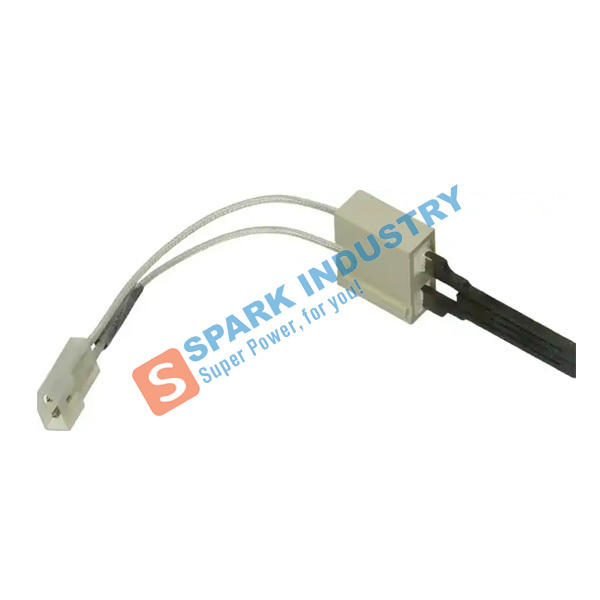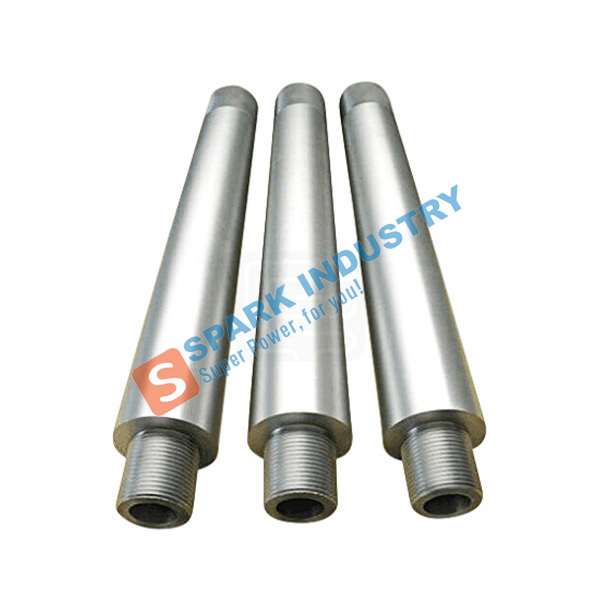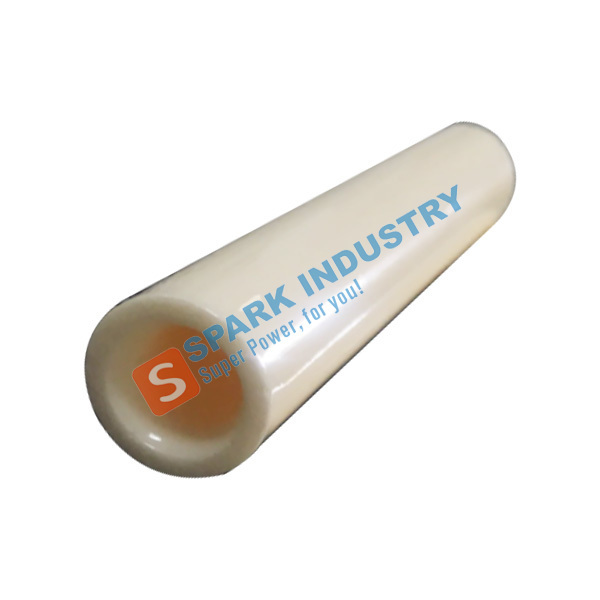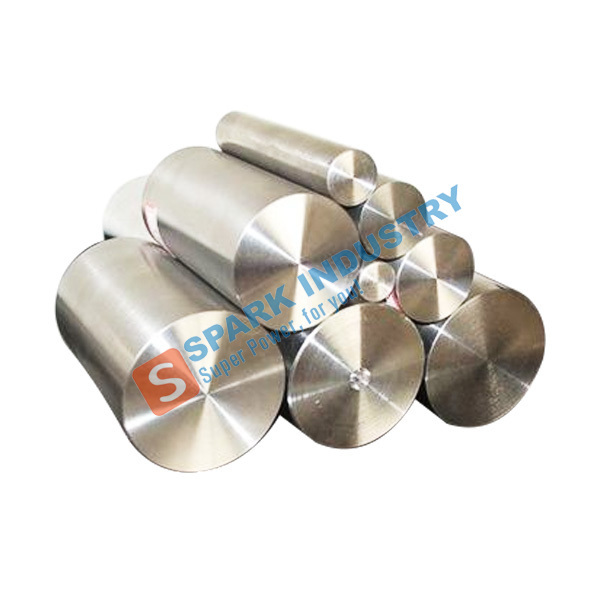High Pressure Atomising Zirconia Nozzles
Keywords:
High Pressure Atomising Zirconia Nozzles
- Description
-
Zirconia ceramic nozzle have high wear resistance, which is twice as good as metal materials. Combined with polishing technology, their surface roughness reaches 0.03 μ m. Effectively reducing the resistance of liquid flowing through the in ner wall of the nozzle and improving injection efficiency.
Zirconia atomizing nozzles are used in the powder metallurgy industry and are key components for metal powder manufacturers, such as stainless steel, nickel and cobalt based high-temperature alloys, and other special alloys.
A range of black and non-ferrous metals can be processed through atomization technology. The material range ranges from coarse aluminum to complex superalloys and rare earth alloys. The products formed by this process are used in various applications, including automotive, aerospace, military, electronic surface coatings, fireworks, paint, and refractory materials industries.
This process is a method for producing powders of different particle sizes, used for:
Bearing surface coating
Injection molding
Sintered products - welding rods, etc
Copier ink
Isostatic pressure parts, such as gears, valve seats, and magnets
Home, gardening, and leisure products
Melting is carried out in a high-frequency or induction furnace. The weight of the melt is usually very small, with an average charge of 200 kilograms and a very large charge of 5-6 tons. Cleanliness is crucial in the production process, especially during the melting and atomization of high-temperature alloys, where any contamination is intolerable.
Iron powder can be melted through electric arc furnaces or other bulk melting operations. Therefore, the melt size is larger, for example up to 50 tons.
The temperature range of molten metal before atomization ranges from 800 ° C (lead/aluminum alloy) to over 2000 ° C (high-temperature alloy production). The processing time is usually measured in minutes, but new machines are designed to run more continuously for up to 24 hours.
The actual atomization or conversion of molten metal flow into powder is achieved by bombarding the flow with high-pressure air, inert gas, or water jet.
Send Inquiry
NOTE: Please leave your email, our professional person will contact you asap!




